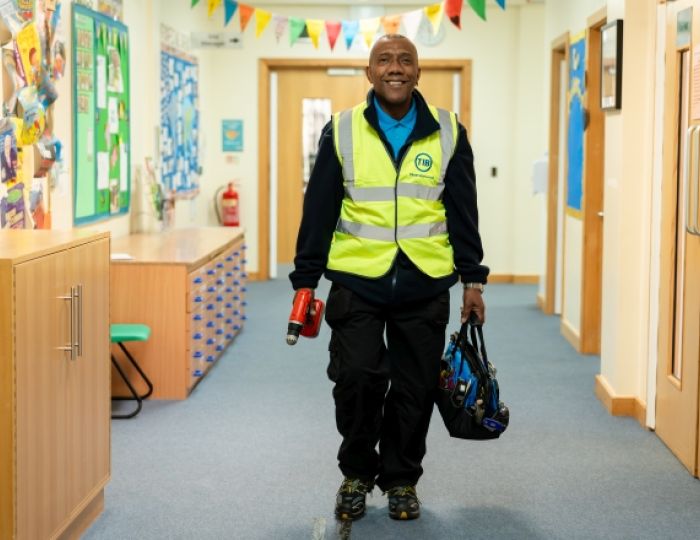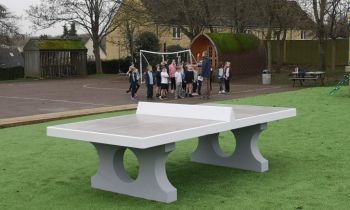Bringing about an environment that promotes a sense of belonging and goes beyond the thinking of ‘one size fits all’ is vital for accessibility.
The essential areas to consider when modifying or extending a building are:
- access
- space
- sensory awareness
- enhancing learning
- adaptability
- health and safety
- sustainability
Access
This doesn’t have to be in the form of rows of classrooms joined by corridors! Think in terms of accessible circulation routes that can lead into open-spaced areas where people with mobility concerns can easily access.
Also, consider the toilet areas being in small clusters, placed to reduce travel distances. Footpaths leading to school entrances require thought. They should be broad and separated from the main access road, enhancing accessibility.
Space
The University of Cambridge Primary School is a fantastic example of 21st-century building design that prioritises accessibility. Open-plan classrooms lead onto “Learning Streets,” where scheduled thematic topic work takes place.
The classrooms do not have doors, making it easier for children to access without having to fiddle around with door handles.
Classrooms are welcoming, open spaces without doors, which promotes accessibility. This means that, as one staff member stated in a positive way, ‘There is no hiding place.’
Consequently, swift action is taken through coaching and expert interventions to address any relative weaknesses in teaching, learning, systems or procedures.
Sensory awareness
Good quality acoustics, appropriate glare-free controllable lighting, as well as visual contrast and texture, that can be used for sensory wayfinding are essential upgrades for accessibility.
Along with the reduction of stimuli that may lead to sensory overload for a child with autism, the use of sensory elements such as colour, light, texture and therapeutic aroma can provide comfort and a sense of safety to many children.
Adaptability
Allowing for flexibility and utilising spaces effectively in schools is just as important to making an activity interesting for a SEND child, while maintaining accessibility.
So, having access to different locations/spaces, and being able to adjust the local surroundings (usage of movable partitions, variable lighting and acoustics) does make a positive difference. As well as minimising fixed furniture and equipment that permits the rearrangement for learning and changing needs to improve accessibility.
Health and wellbeing
As cases of Mental Health rise within our schools. We need to be mindful of the impact the surroundings make for our most vulnerable pupils. Providing “Safe” areas for children to access without causing harm to their dignity and self-worth is critical. As is ensuring that children with mobility concerns, and ventilation issues are addressed appropriately for better accessibility.
Sustainability
A cost-effective renovation design that is economically viable. It needs to enhance the social cohesion of the school community to allow all stake holders to be able to access it, emphasising accessibility and minimising any negative environmental impact, with efficient use of energy and resources, ensuring the needs of SEND children.
Talat Khan is an independent SEND consultant.










